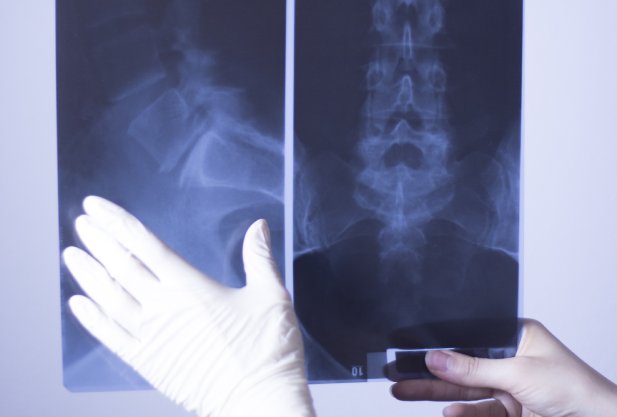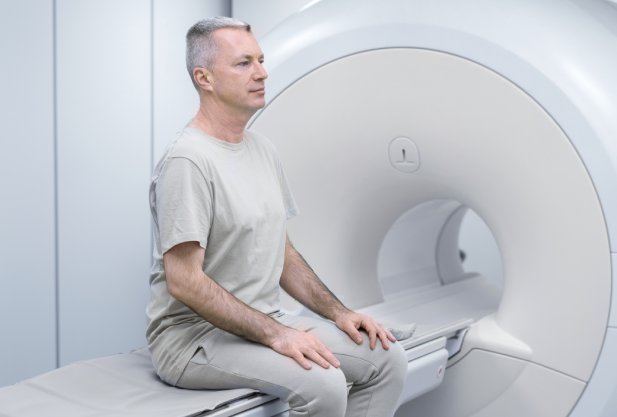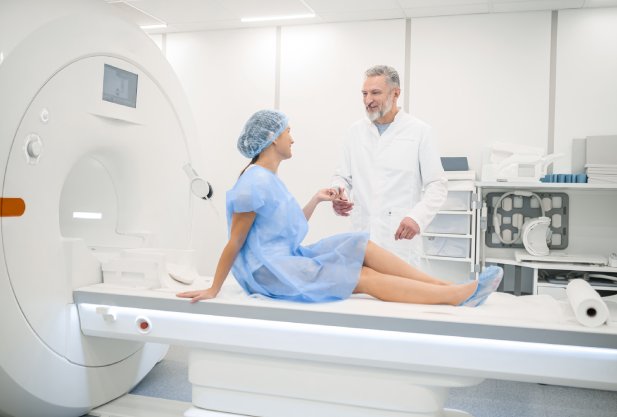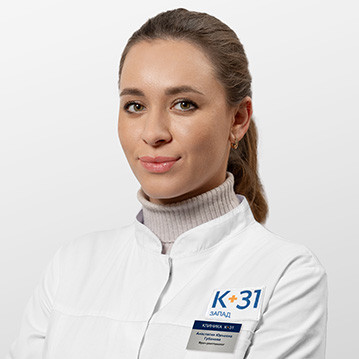MRI of the lumbar spine
Magnetic resonance imaging is considered the safest method for diagnosing pathologies of internal organs, due to the absence of radiation or radio wave exposure and a small number of contraindications. The study of the lumbosacral spine (MRI LS) is carried out to identify structural and functional disorders in the vertebrae, joints, sacrum, surrounding soft tissues, nerves and vessels of this area of the back.

specialists

equipment

treatment
When is MRI of the POP prescribed?

Magnetic resonance imaging of the lumbosacral region is prescribed for:
- Frequent pain in the lumbar region, radiating to the leg or pelvic region
- Weakening or loss of sensation and reflexes in the legs
- Spinal injuries
- Pelvic organ dysfunction
- Chronic or acute inflammation of the lumbar tissues
- Suspected oncology of bone tissues of the lumbar region
- Long-term muscle weakness in the legs
- Syringomyelia or multiple sclerosis
- Suspicion of intervertebral hernias
- Symptoms of osteochondrosis
- Anomalies of the spine structure
- Disturbance of blood circulation in the lower extremities
Contrast-enhanced MRI is used to detect tumors or metastases. After the introduction of a special substance, blood vessels are visualized in contrast to stationary tissues, which allows for clearer images of veins, arteries, and capillaries.

This award is given to clinics with the highest ratings according to user ratings, a large number of requests from this site, and in the absence of critical violations.

This award is given to clinics with the highest ratings according to user ratings. It means that the place is known, loved, and definitely worth visiting.

The ProDoctors portal collected 500 thousand reviews, compiled a rating of doctors based on them and awarded the best. We are proud that our doctors are among those awarded.
Make an appointment at a convenient time on the nearest date
Price
Other services











































Types of MRI of the lumbar spine
Tomography of the lumbar region can be performed in two ways:
The method of conducting diagnostics is determined by the attending physician - therapist, traumatologist, neurologist, surgeon or other specialist who issued the referral for the examination. The choice of method depends on the preliminary diagnosis, individual indications and contraindications, anamnesis and general condition of the patient.